
NSSL retiree W. David Rust has been elected Fellow of the American Geophysical Union, the first NSSL scientist to receive the honor. He joins three other NOAA scientists who will be celebrated during the Honors…

NSSL retiree W. David Rust has been elected Fellow of the American Geophysical Union, the first NSSL scientist to receive the honor. He joins three other NOAA scientists who will be celebrated during the Honors…
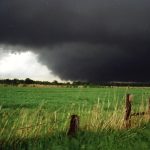
Are tornadoes increasing? Not really, the number has remained relatively constant. What is changing is that there are fewer days with tornadoes each year, but on those days there are more tornadoes, according to a…
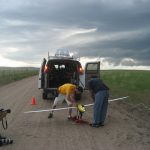
Dr. Brian Argrow, Professor of Aerospace Engineering Sciences at the University of Colorado and an expert in Unmanned Aerial Systems (UAS), will temporarily join NSSL to conduct collaborative research and help advance NOAA and NSSL observational and research capabilities.
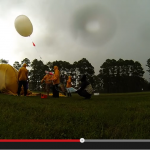
NSSL is wrapping up a three-week project to provide the first ever simultaneous measurements of the vertical structures of microphysics, electrical charge, and electric fields in Florida storms.
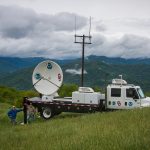
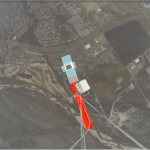
NSSL is working on an experimental instrument train attached to a weather balloon that includes a radiosonde (temperature, relative humidity, wind, altitude), an electric field meter, and a PArticle Size, Image, and Velocity probe (PASIV). The PASIV has an HD camera and a disdrometer. New though, is a GoPro camera attached to the train above the radiosonde looking down as the balloon rises. Excerpts from the video coming soon!
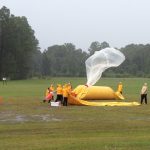
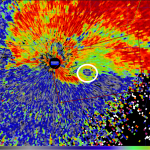
All NOAA National Weather Service Radars have been upgraded with dual-pol capabilities. NSSL spent nearly 30 years researching and developing this technology.
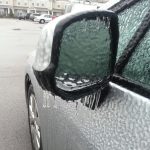
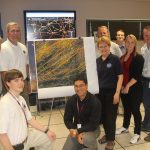
NSSL has released this image documenting the rotation tracks of the devastating tornadoes on April 27-28.